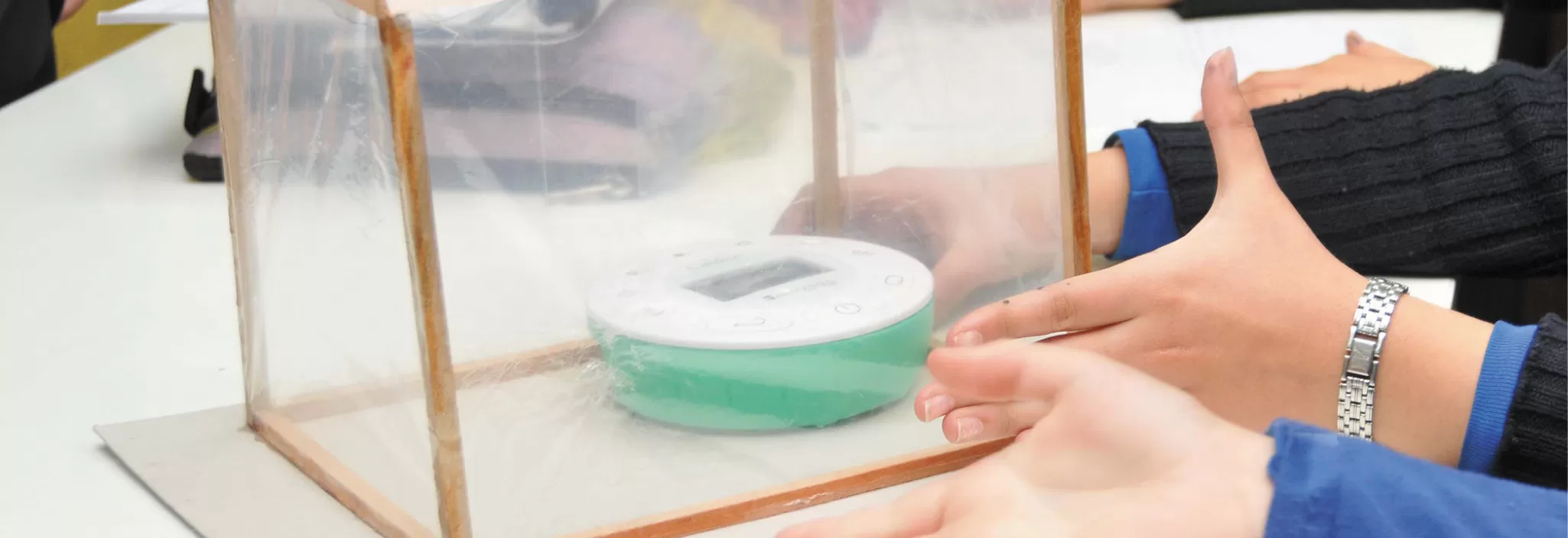Chilean Ministry of Education
Chile Raises the Nation’s Science Awareness
Chile’s national science education trends have greater ambitions than just to produce tomorrow’s scientists, doctors, and researchers. In fact, the aim is to create a whole generation of citizens with a higher scientific consciousness and awareness of their surroundings. Based upon this, the Chilean national curriculum requires technology that can support experiential learning that places science in a real-life context.
Installation Snapshot:
Labdisc Portable STEM Lab
The Challenge
As part of raising the national bar in scientific understanding, 5th grade students are required to master reading charts and graphs, as well as manipulate data collectors. Unfortunately, data logging devices and analysis software are often very complicated and awkward, making it difficult for teachers and students to meet these learning directives.
The Labdisc Solution
The students of Reina de Suecia elementary school in the Maipú urban area of Santiago are motivated and excited to use the Labdisc, which teachers have found to be a solid channel to deliver the inquiry-based learning approach and meet national standards.
The school has 100 years of rich educational history, and has been honored for three consecutive years with the academic excellence award by the Chilean Ministry of Education. Approximately 860 students attend the school, almost half of whom have some kind of vulnerability.
Carla Lueiza, a Science Educator Trainer, worked with local teachers Eduardo Chicahual and Mabel Dueñas to explore with 6th grade students the following activities in biology, physics, and environmental science: sweat production, the greenhouse effect, variation of light intensity, heart rate, and environmental changes within the school. The teachers found the Labdsic made it possible for students to quickly accept complicated science hypotheses and apply them in a process of scientific discovery.
Labidsc Key Benefits
All the teachers involved described the following Labdisc qualities as crucial to the program’s success:
Easy-to-manipulate hardware:
The Labdisc device offers a more user-friendly way to approach science that can leverage children’s skills and physical dextral ability (large button size, easy manipulation).
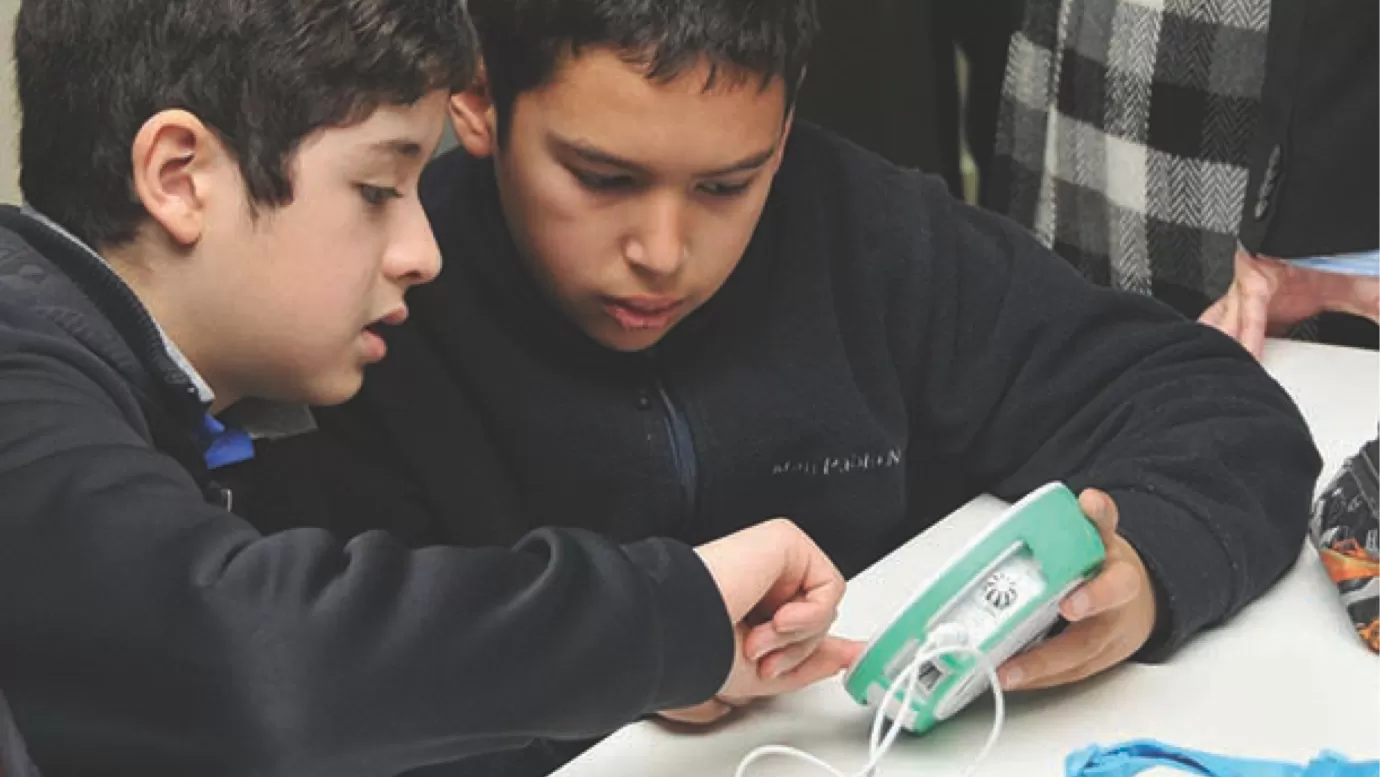
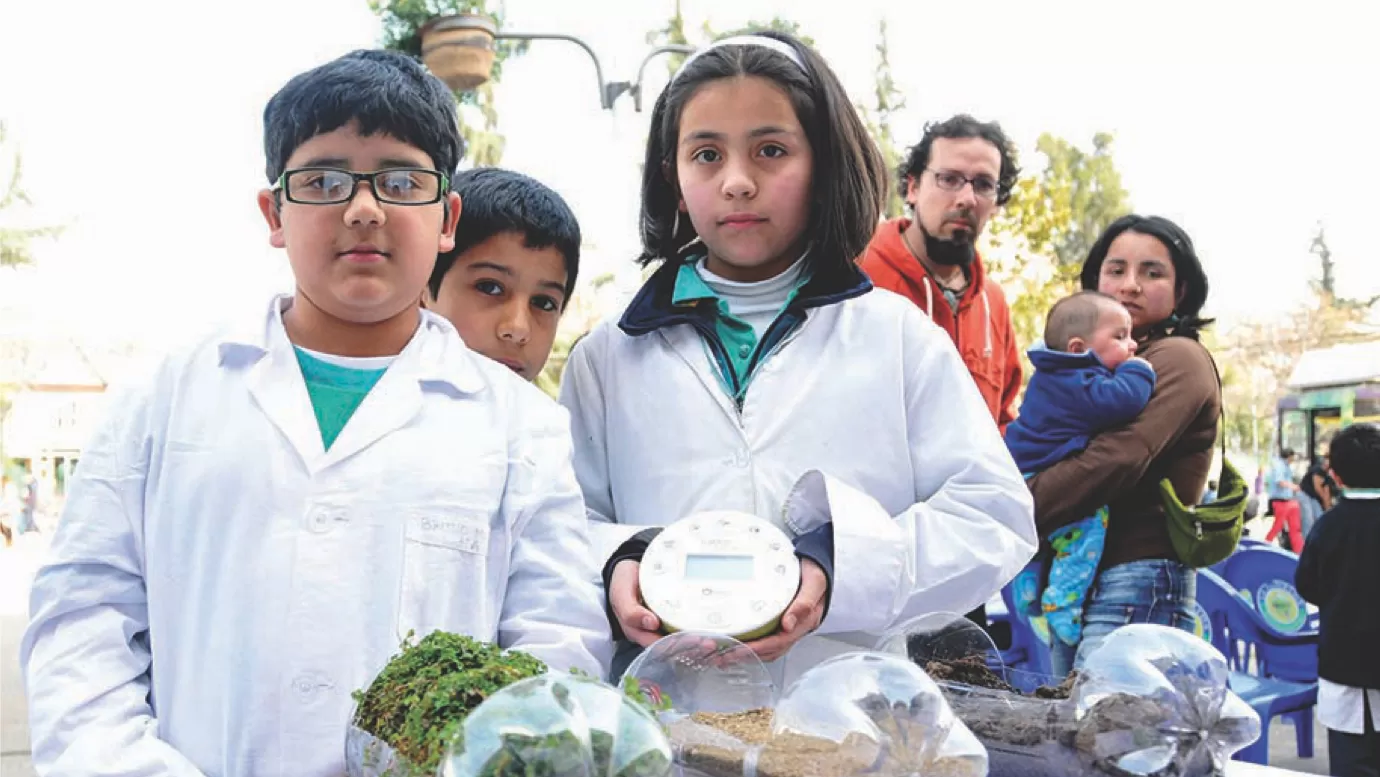
Satisfy national curriculum directives:
The Boxlight analysis software makes it very easy to read charts and graphs and perform analyses. Data results are immediate and approachable, and are more significant since they speak to the student’s experience.
Regenerating interest:
Applying experiments with a product like the Labdisc is a new and engaging experience for students, far from the limitations of just text books and precarious laboratories.
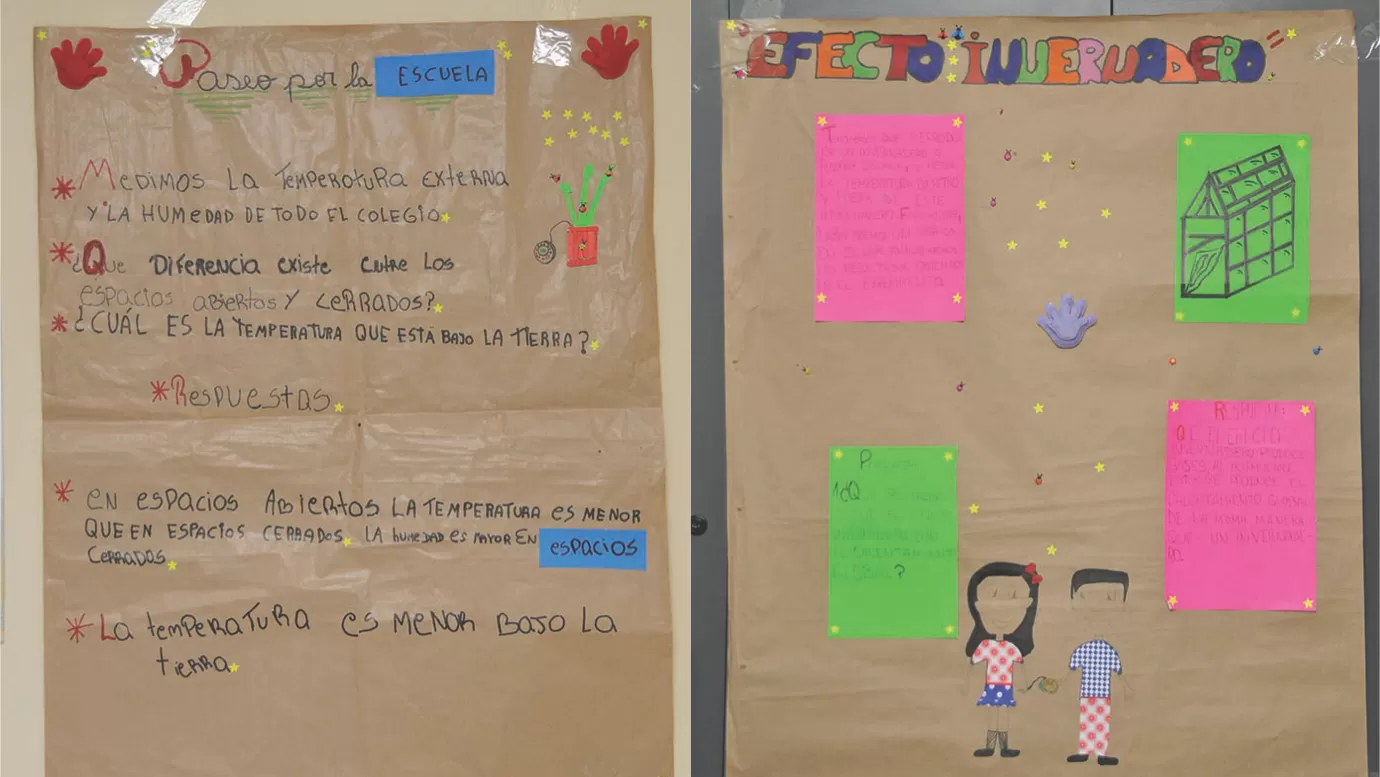
“Our experimentation with the Labdisc generated positive emotions in students because they discovered science through their own hands and minds. They loved the process so much that they showcased their experiments and conclusion on a poster, now hanging on the lab wall, with drawings of each separate stage and their results to help others understand what they had done.”
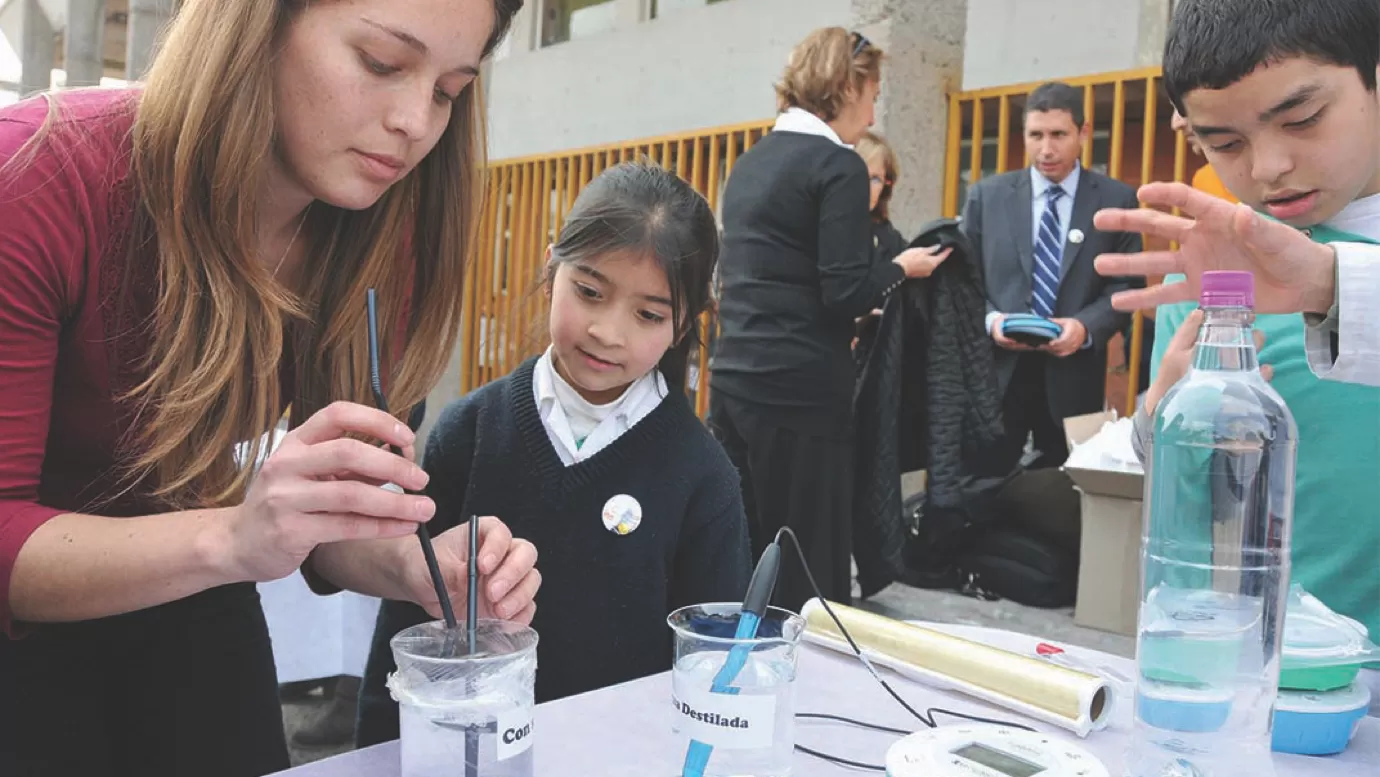
Resource innovation:
Solving the problem of a lack of resources with an affordable and highly sophisticated solution.
Easy to transport:
Mobility is key—the school doesn’t have expensive laboratories, so they need a device that’s lightweight, easy to hold, and allows science to be applied anywhere.
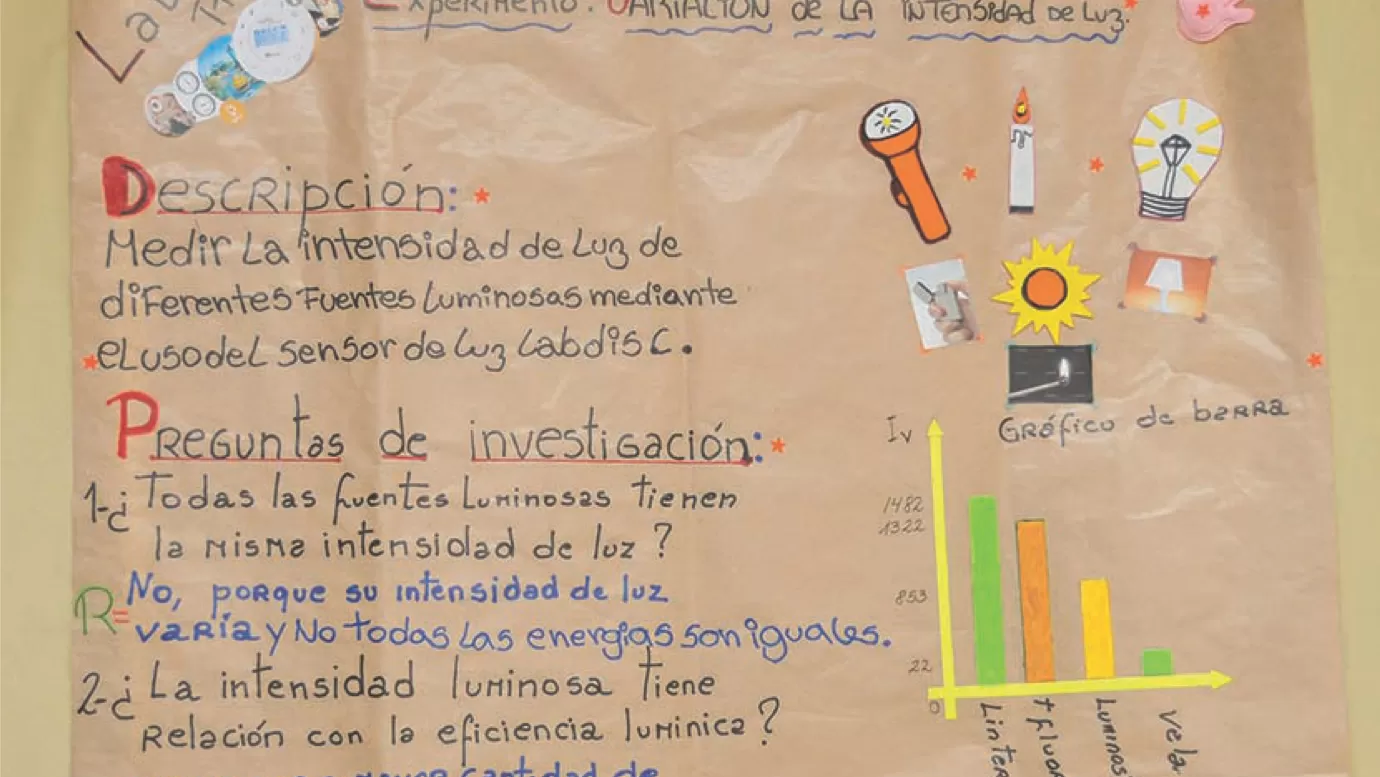
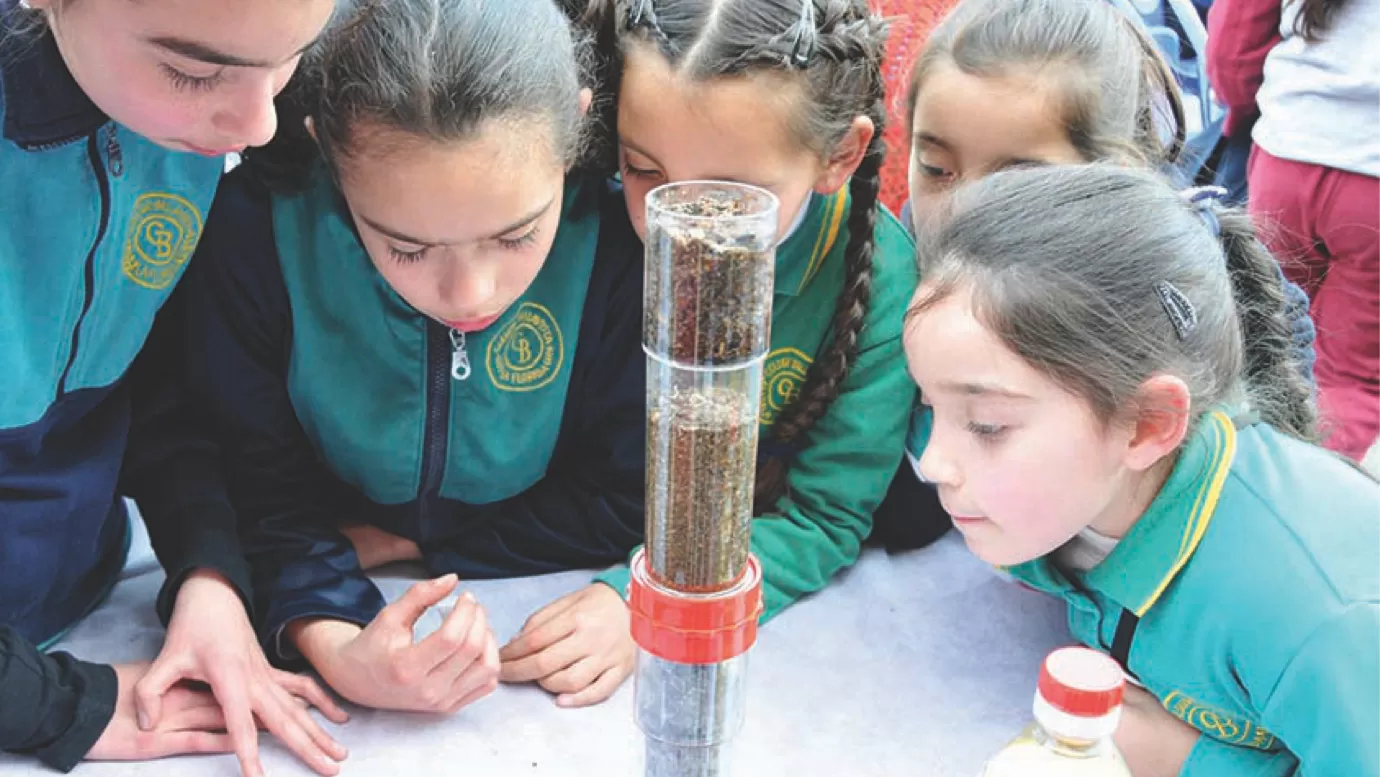
100% technological:
Whether using multiple wireless sensors simultaneously, applying GPS functionality, or sending all data via Bluetooth, the Labdisc incorporates the latest technologies in one device.
The students created posters of their experiences with the Labdisc, demonstrating each experiment step and sharing their discoveries with their peers.
